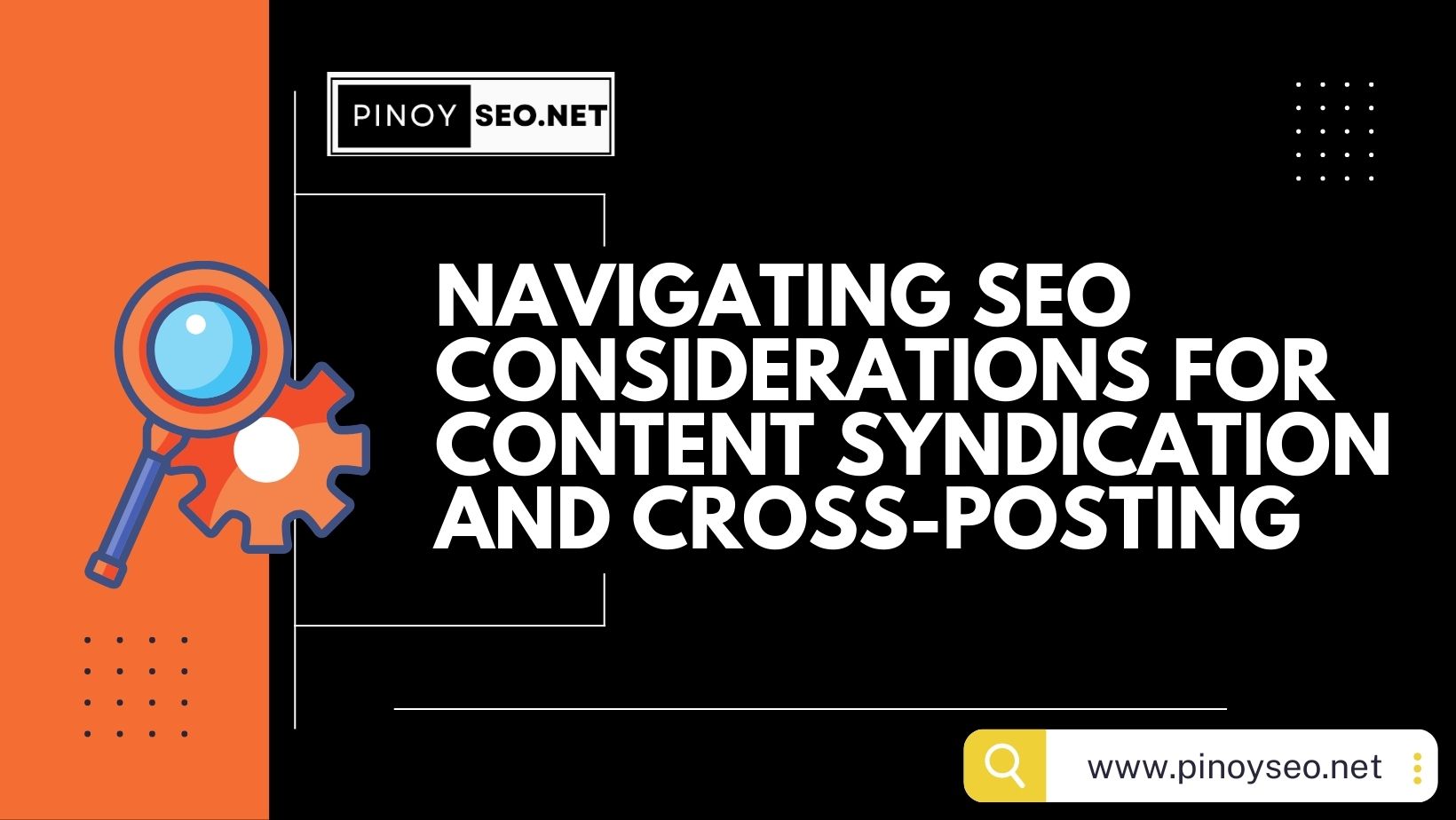In the fast-paced world of online search, maintaining a visible and indexed website is paramount for reaching your target audience and achieving business goals. However, the unfortunate reality is that websites can face the unsettling issue of deindexing. This article will delve into the intricacies of website deindexing, shedding light on its causes and the consequential impact it can have on your online presence.
The Deindexing Dilemma
Website deindexing is the process by which search engines, like Google, remove web pages from their search index. When a page is deindexed, it effectively disappears from search engine results pages (SERPs), rendering it invisible to users. This can be a harrowing experience for website owners, webmasters, and SEO practitioners. Understanding the causes of deindexing is crucial to preventing it and mitigating the consequences.
5 Common Causes of Deindexing
1. Thin or Low-Quality Content
One of the most prevalent causes of deindexing is having thin or low-quality content on your website. Search engines strive to provide valuable, relevant content to their users. If your web pages lack substance, are filled with duplicate content, or are riddled with grammatical errors, they may be removed from the index.
2. Duplicate Content
Search engines aim to display unique results for user queries. If your website features a significant amount of duplicate content, it can lead to deindexing. This includes copying content from other websites, using boilerplate templates, or displaying identical content across multiple pages on your site.
3. Plagiarism
Plagiarized content is a serious violation of search engine guidelines. If your website is found to have plagiarized content from other sources, it may be deindexed. Plagiarism not only damages your site’s credibility but can also lead to legal consequences.
4. Broken Links and Redirect Chains
Search engines use crawlers to navigate and index your site. If your website contains broken links or intricate redirect chains, crawlers may struggle to index your content correctly. This can result in pages being removed from the index.
5. Server Issues and Downtime
Frequent server issues or prolonged downtime can negatively impact your website’s indexation. When search engine crawlers encounter consistent errors or find your site inaccessible, they may remove your pages from the index.
4 Consequences of Website Deindexing
The consequences of website deindexing can be severe and far-reaching. Here are some of the significant impacts:
1. Loss of Organic Traffic
Deindexed pages will no longer appear in search results, leading to a sharp drop in organic traffic. This can directly affect your website’s visibility and the potential for new visitors.
2. Decreased Revenue and Conversions
With reduced traffic, conversions and revenue may also decline. Businesses reliant on online sales or lead generation are particularly vulnerable to the financial repercussions of deindexing.
3. Damage to Reputation
A deindexed website can damage your online reputation and trustworthiness. Users who can’t find your site may perceive it as unreliable or inactive.
4. SEO Efforts Wasted
All the time, effort, and resources invested in SEO activities to boost your website’s search engine performance may be in vain if your pages get deindexed.
Preventing and Addressing Deindexing
The importance of maintaining indexed pages cannot be overstated. Preventing deindexing requires vigilance in content quality, SEO best practices, and website maintenance. Regularly monitoring your website for errors, broken links, and duplicate content is essential.
If your website does get deindexed, it’s crucial to address the root causes promptly. This may involve cleaning up low-quality content, resolving server issues, and requesting reevaluation by the search engines.
Website deindexing is a formidable challenge that can significantly impact your online presence. Understanding its causes and the consequences of deindexing is the first step in proactively safeguarding your website. By adhering to best practices and continuously monitoring your site’s health, you can mitigate the risks and maintain your online visibility. Remember, in the digital landscape, staying indexed is synonymous with staying in the game.


